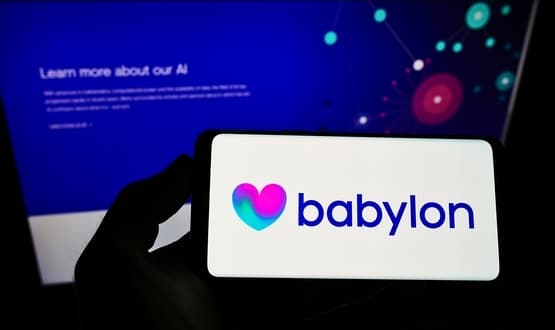N3 Voice Services reaches 100th site
- 5 November 2009
N3 Voice Services is due to implement its 100th N3 VoIP site today. Len Chard, NHS Connecting for Health’s programme head of N3, said the milestone showed how the service had developed since the NHS’ broadband network was VoIP-enabled in July 2007.
“N3 Voice has not been very high profile since then, but over the past few months there have been some very important steps forward,” he told E-Health Insider in an interview for a feature that will appear later this month.
“[On Thursday] we are implementing our 100th site. That is in Essex and it will be taking our Hosted Voice Service [which is aimed at smaller NHS organisations, such as GP practices].”
Chard said the volume of calls being made over N3 is also growing rapidly. Although it took until the middle of 2008 for the one millionth call to be made, 3m calls had been made by this September, and 10m will have been made by next April.
“N3 Voice Services are not mandated. They are a local choice and sold on merit,” he said. “So the statistics really speak for themselves.”
Two services are available to NHS organisations. In addition to the Hosted Voice Service, there is a Local Gateway Service for larger organisations, such as hospitals and whole trusts.
Chard said that of the 100 sites now using N3 Voice Services, 56 are using Hosted Voice and 44 the Local Gateway Service.
In both cases, organisations get free calls to other N3 Voice users and cheaper calls to mobiles. But Chard said that other benefits had come to light over time.
For example, he said that the panic alarm that comes with the hosted service – and which can be activated from its Cisco IP handsets – has proved a popular feature and one that has persuaded a number of primary care trusts to choose N3 Voice for new health centres.
A number of further developments are planned, including, from December, a ‘lift and shift’ option that will let organisations keep their existing IP handsets when transferring to N3 Voice.




